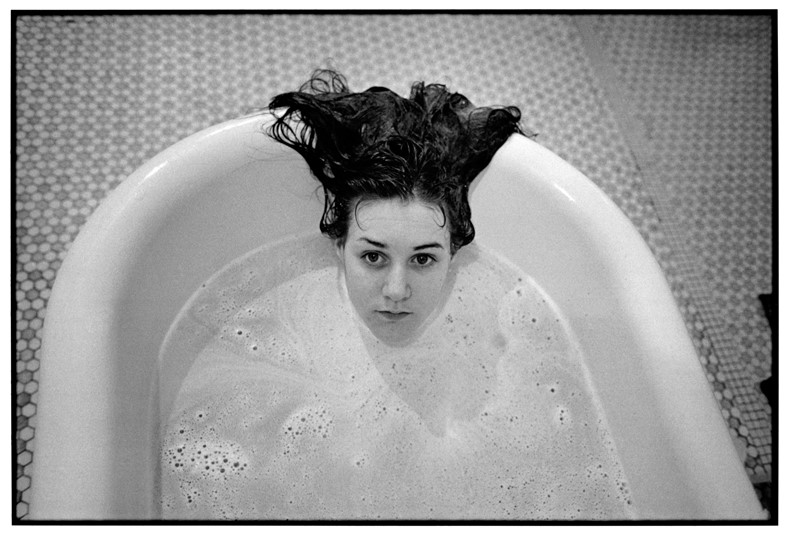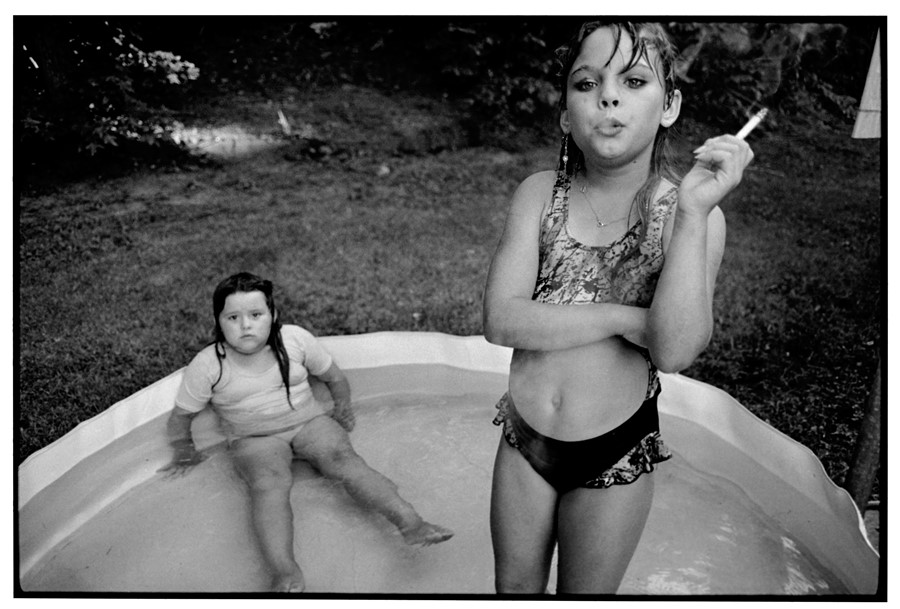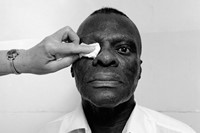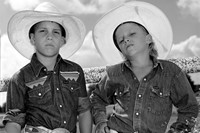As Steidl publishes an extensive tome on Mary Ellen Mark’s incomparable photographic career, a selection of the late photographer’s own thoughts on her chosen medium
When photographer Mary Ellen Mark died in 2015, she left behind a wealth of images from her extensive career as a photojournalist. Mark dedicated much of her photography to documenting people on the margins, whose stories might not otherwise be told; over extended periods of time with her subjects, she approached her work with empathy and humility. Some of her most celebrated and recognised series include Streetwise, 1983, an assignment for Life magazine on street kids in Seattle, America’s “most liveable city”; Ward 81, a 1976 look inside the maximum security section of Salem’s Oregan State Hospital; and Falkland Road, 1978, which saw Mark photograph prostitutes and sex workers in Bombay.
Mark published many books in her lifetime, honing in on particular series like Prom, Twins and Indian Circus. A new Steidl-published tome, edited by Mark’s husband Martin Bell, is a comprehensive look at the photographer’s oeuvre. The Book of Everything comprises 600 images – chosen from a total of over two million, and including some previously unpublished photographs – from throughout Mark’s extraordinary career, highlighting the powerful stories she chose to explore and document time and again. Also featuring texts by colleagues and friends, as well as Mark’s own words, The Book of Everything is a rich, extensive exploration of the stories she told through her photography.
“Mary Ellen Mark spent her whole life as a humanist, wanting to bring representation, visibility to those who shied away from society or those who we don’t focus on; the invisible, the left-behind, the vulnerable,” Barbican curator Alona Pardo told AnOther in 2018, as the London institution staged its blockbuster exhibition Another Kind of Life: Photography on the Margins. Mark herself often spoke about her approach to photography: how she was obsessed with documenting and exploring the “human condition”, and how subjectivity and honesty were key to her practice. Here, as The Book of Everything is published, a selection of Mark’s own thoughts on photography.

- “I just think it’s important to be direct and honest with people about why you’re photographing them and what you’re doing. After all, you are taking some of their soul.”
- “The obsessions we have are pretty much the same our whole lives. Mine are people, the human condition, life.”
- “What I’m trying to do is make photographs that are universally understood ... that cross cultural lines. I want my photographs to be about the basic emotions and feelings that we all experience.”
- “I’m just interested in people on the edges. I feel an affinity for people who haven’t had the best breaks in society. I’m always on their side. I find them more human, maybe. What I want to do more than anything is acknowledge their existence.”
- “I think photography is closest to writing, not painting. It’s closest to writing because you are using this machine to convey an idea. The image shouldn’t need a caption; it should already convey an idea.”
- “Every photograph is the photographer’s opinion about something. It’s how they feel about something: what they think is horrible, tragic, funny.”
- “I don’t think you’re ever an objective observer. By making a frame you’re being selective, then you edit the pictures you want published and you’re being selective again. You develop a point of view that you want to express. You try to go into a situation with an open mind, but then you form an opinion and you express it in your photographs. It is very important for a photographer to have a point of view – that contributes to a great photograph.”
- “Everyone asks me how I get my subjects to open up to me. There’s no formula to it. It’s just a matter of who you are and how you talk to people – of being yourself. Your subjects will trust you only if you’re confident about what you’re doing. They can sense that immediately. I’m really bothered by photographers who first approach a subject without a camera, try to establish a personal relationship, and only then get out their cameras. It’s deceptive. I think you should just show up with a camera, to make your intentions clear. People will either accept you or they won’t.”
- “I belong to a bygone era when magazines sent you out to do a thorough report. It was a more traditional kind of photography reflecting a world that didn’t want images of it to be perfect. We don’t look at the truth anymore; instead, we look at whatever reassures us.”
- “I don’t think you can develop or learn a way of seeing or a point of view. A way of seeing is who you are, how you think and how you create images. It is something that is inside of you. It’s how you look at the world.”

Mary Ellen Mark: The Book of Everything is published by Steidl.






